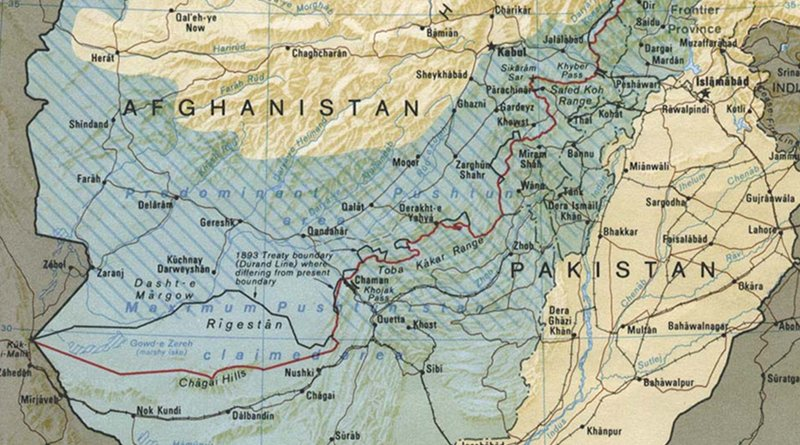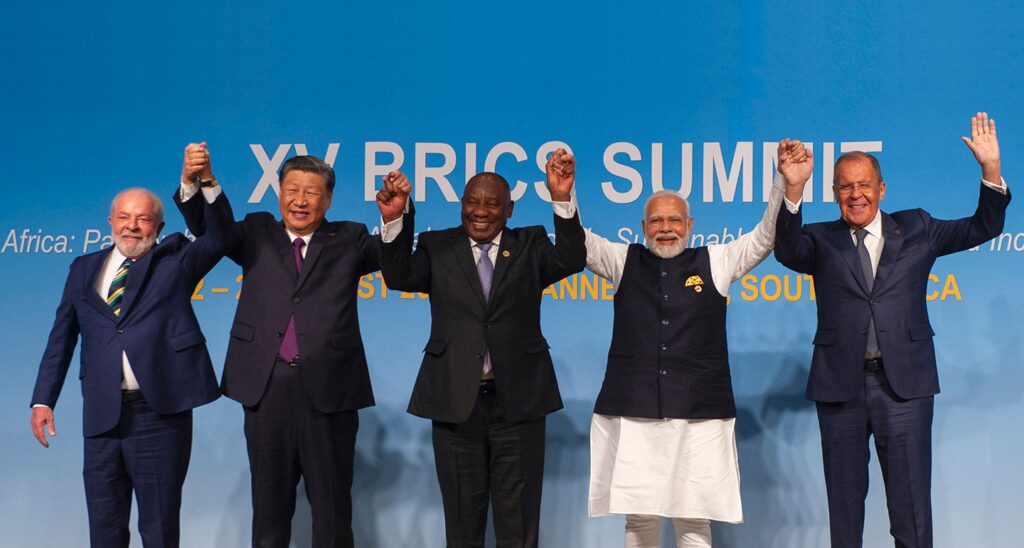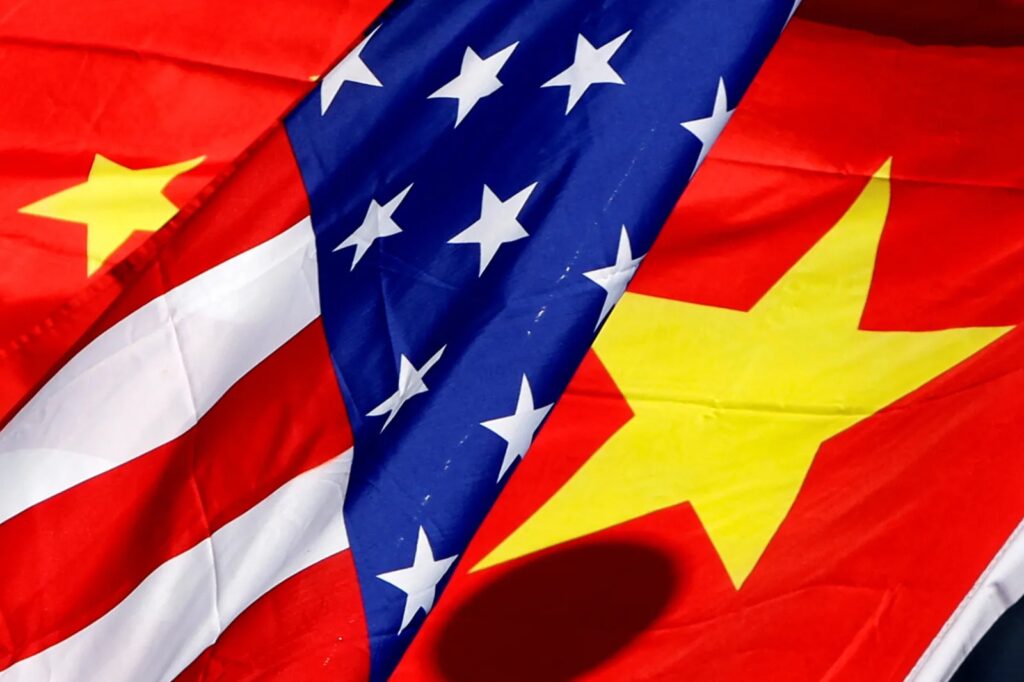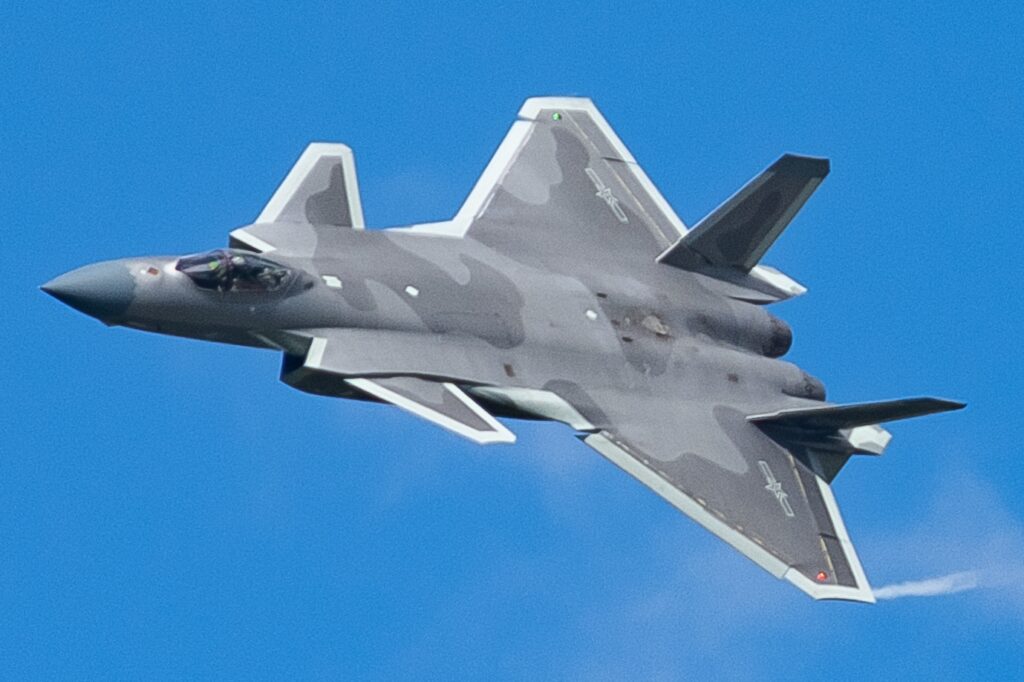Demographic Winter Chills: East Asian Military Might: China, Japan, South Korea Face Recruitment Hurdles – OpEd
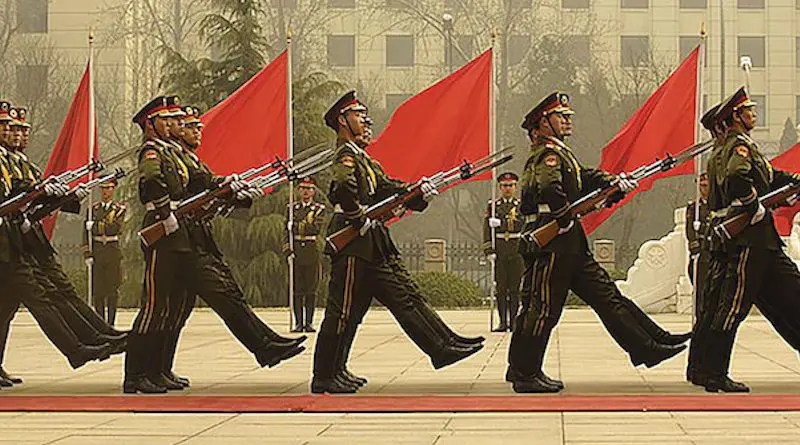
Falling birthrates in East Asia are causing concerns over whether the region’s military forces will be able to maintain their troop levels in future. As a result, China, Japan, and South Korea are changing their recruitment standards even though they have invested heavily in programmes to boost birthrates. However, some experts believe that advancements in technology will help offset the impact of declining populations.


